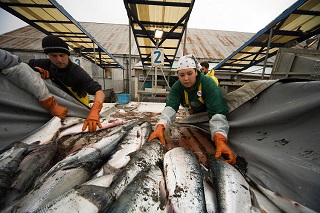Waste To Energy

As soon as a certain society puts the kibosh on dumping garbage and other forms of MSW (municipal solid waste), WTE plants begin to become extremely attractive. There are places all over the world that use digesters to produce methane from rotting food and animal manure, and there are pyrolysis and gasification plants as well, but they tend to exist in places that have a real issue with land use, as well as odor/disease control, and have developed regulations accordingly. Without this factor, WTE cannot compete–and probably never will be able to compete– against other forms of energy, especially considering the ever-declining levelized cost of energy (LCOE) associated with wind and solar.
The only exception to this is places that have extremely high costs of energy and particularly strong waste streams. A good example of this is the remote parts of Alaska that happen to have fish processing facilities. Here, one can have electricity costs of upwards of $0.70/kWh, and an unlimited supply of fish guts to get rid of in a sanitary fashion.

The NIMBY problem is not necessarily without some merit. In this area we have seen reports from composting facilities that the stench was unbelievable. I have seen similar reports concerning WTE facilities.
Composting smell is manageable for someone who knows what they are doing. The complaint was that it was not managed and the person operating the facility didn’t know what to do.
All the WTE facilities I have seen discussed used fossil fuels to maintain a certain temperature. If we used concentrated solar thermal instead there may not be such a tendency to skimp on the heat. There would then likely be fewer organic compounds to foul the air. Alternatively we might generate ozone with PV to achieve the same end of oxidizing the organic compounds.